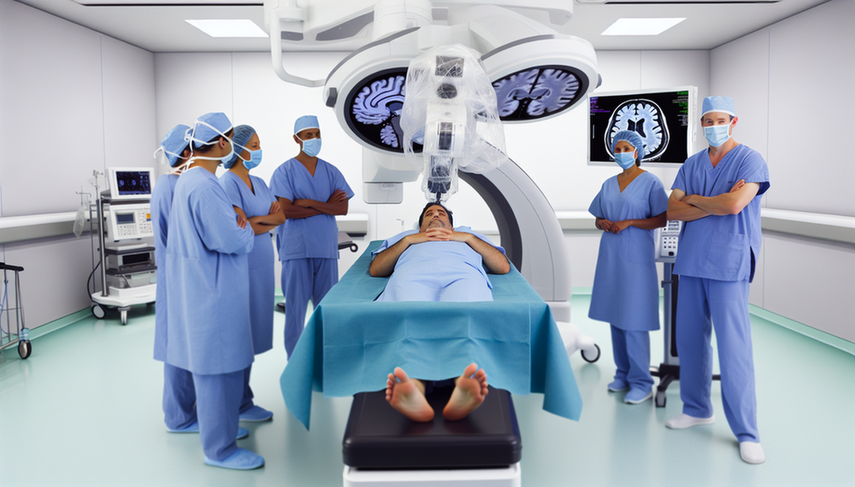AI in Neurosurgery: Enhancing Operative Precision with Robotics and Surgical Navigation

Neurosurgery has undergone a significant transformation with the incorporation of robotics and high-precision surgical navigation. These advancements have enabled neurosurgeons to perform procedures with unprecedented operative precision, improving clinical outcomes and reducing complications. The integration of AI in neurosurgery has been a key catalyst in this evolution, allowing for more accurate surgical planning and safer execution.
Robotics applied to cranial surgery is a rapidly evolving field that is transforming the practice of neurosurgery. With the exponential increase in computing power and improvements in connectivity, artificial intelligence and precision in accessing target structures, robots are being incorporated into more areas of neurosurgery, making procedures safer and more efficient. For instance, robots can serve as a stereotactic frame, guiding instruments along a linear trajectory, or function as a surgical assistant in endoscopic surgery, providing retraction, supplemental lighting, and correlating the surgical field with navigation [1].
In the realm of spine surgery, robotics has proven to be a safe tool, enhancing the precision of pedicle screw placement and reducing radiation exposure for surgical teams. Although modern robotic technology presents certain drawbacks, such as high initial costs and a steep learning curve, its potential to facilitate more complex surgical tasks is promising [2]. Furthermore, the integration of AI in preoperative planning and surgical navigation is continuously developing, aiming to further improve the precision and safety of procedures [3].
In conclusion, the combination of robotics and high-precision surgical navigation, along with AI in neurosurgery, is redefining the standards of modern neurosurgical practice. These advancements not only enhance operative precision but also optimize patient outcomes, reducing complications and improving procedural efficiency. As these technologies continue to evolve, we are likely to see even greater adoption in clinical practice, transforming the way we approach complex surgical challenges.
Referencias
- [1] Robotic Applications in Cranial Neurosurgery: Current and Future
- [2] The use of robotics in minimally invasive spine surgery
- [3] Advancements in Robotic-Assisted Spine Surgery
Created 20/1/2025
